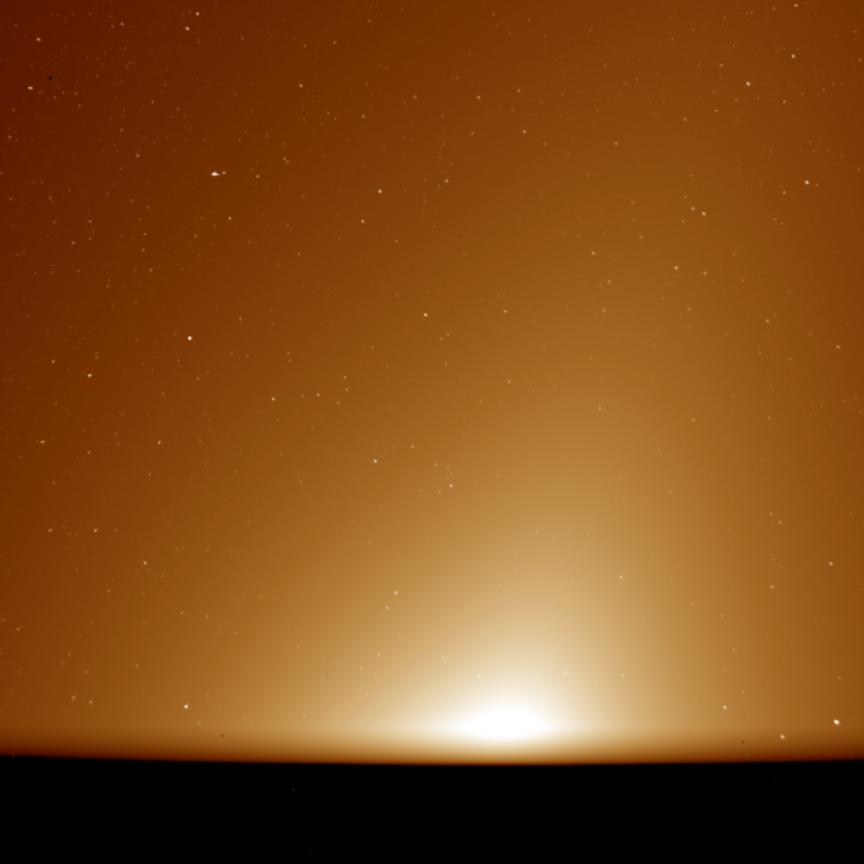Lynred, a global leader in designing and manufacturing high quality infrared technologies for aerospace, defense and commercial markets, today announces that the payload on the Chandrayaan-2 orbiter includes its Neptune infrared (IR) detector. This is the second time that the Indian Space Research Organization (ISRO) has deployed a Lynred IR detector in a space mission. The first was the hyperspectral imaging satellite HYSIS, launched in November last year.
Chandrayaan-2, which launched from the Satish Dhawan Space Centre in India, is viewed as the ISRO’s most complex mission to date, as it will be the first to explore the Moon’s south polar region, the territory farthest from the Moon’s equator.
“Lynred is proud to be part of the Chandrayaan-2 mission through our Neptune IR detector; it is wonderful to participate in exploring new territory on the Moon,” said Philippe Chorier, head of business development for space activity at Lynred. “This is the second time that ISRO has selected a Lynred IR detector for a space launch, which further strengthens our more than ten-year partnership. We look forward to designing other IR products for future ISRO instruments.”
The Chandrayaan-2 weighs 3,877 kg. The payload includes 11 instruments, one of which is an imaging IR spectrometer (IIRS) designed with Lynred’s IR detector, called Neptune. It will conduct a more indepth onsite chemical analysis of the Moon and detection of minerals, water molecules and hydroxyl (containing oxygen and hydrogen atoms, also called hydroxyl radical, OH). Since water is essential for life to function on Earth, the composition of the water-ice on the surface and subsurface and its origin are important objects of study for future space exploration and travel. The orbiter is expected to be in orbit of the Moon for one year.
Of the eleven instruments, five are on the orbiter:
- An X-ray spectrometer to map the main features of the moon’s surface
- A synthetic aperture radar (SAR) operating in the L and S bands to analyze the top layers of the moon’s surface (to a thickness in the tens of meters), to confirm the presence of water in areas that are always in shadowed regions
- An IIRS imaging IR spectrometer built on Lynred’s IR detector to map the moon over a large spectrum in order to detect minerals, water molecules and hydroxyl (containing oxygen and hydrogen atoms, also called hydroxyl radical, OH)
- A mass spectrometer to perform a detailed study of the moon’s exosphere
- A TMC2 (Terrain Mapping Camera 2) to generate three-dimensional maps for the study of the moon’s minerology and geology
The presence of water on the Moon was confirmed during the previous Chandrayaan-1 mission, which did not include a Lynred IR detector. For Chandrayaan-2, the Lynred IR detector was chosen for its capacity to increase the upper spectral limit to 5.3 µm, up from 3µm on Chandrayaan-1, in order to improve observation capabilities.
Lynred developed the IR detector for the IR imaging spectrometer, a 500 x 256 pixel SWIR-MWIR detector with a pitch of 30µm and a spectral range of 0.9µm to 5.3µm. It operates at 90 Kelvin and is equipped with a special cold filter with four bands. Based on the well-established and space-proven Neptune / Saturn IR space detectors, the IR detector is designed for hyperspectral applications in which the image of the ground is distributed spectrally on the detector.
Lynred, a recent merger between Sofradir and ULIS, delivered the Neptune IR detector onboard the Chandrayaan-2 probe to ISRO in November of 2017.

